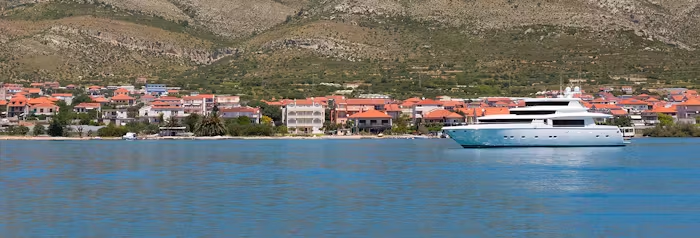
BOATERS BLOG
Although the hurricane season hasn’t been as eventful as predicted, September is National Preparedness month and excellent time to prepare for unexpected events. Sponsored by FEMA, National Preparedness Month aims to educate and empower Americans to prepare for and respond to all types of emergencies, including natural disasters.
This is a time to prepare yourself and those in your care for emergencies and disasters, both large scale and smaller local events. Emergencies can happen unexpectedly in communities just like yours, to people like you. Tornado outbreaks, river floods and flash floods, historic earthquakes, hurricanes, and even water main breaks and power outages can impact communities for days at a time.
As commendable as they may be in their profession of assisting those in need, police, fire and rescue may not always be able to reach you quickly in an emergency or disaster. The most important step you can take in helping your local responders is being able to take care of yourself and those in your care for at least a short period of time following an incident; the more people who are prepared, the quicker the community will recover.
With just a few simple steps, knowing your risk, taking action and being an example in your community, you can be prepared.
Know you risk – Emergencies can happen anywhere, at any time. It is important to understand potential risks where you live.
1. Bookmark weather.gov to stay informed on severe weather
2. Learn about Wireless Emergency Alerts, messages that will be sent to your phone during an emergency
3. Get practical tips on preparing for a disaster at ready.gov
Take action – Make sure that you and your family are prepared for an emergency. Ensure that you can go at least three days without electricity, water service, access to a supermarket, or other local services.
1. Prepare a disaster supply kit with at least three days of food and water
2. Create a Family Emergency Plan, so that your family knows how to communicate during an emergency
3. Obtain a NOAA Weather Radio
Be an example – Be a positive influence on your community by sharing your preparedness story. Let your friends and family know that you’re prepared for an emergency – and that they should be prepared too. Research has shown that many people won’t prepare until they see others doing so.
1. Share your preparedness story on Facebook
2. Tell the world you’re prepared on Twitter using hashtag #NATLPREP
3. Get involved with your local American Red Cross Chapter
Source: http://www.nws.noaa.gov/com/weatherreadynation/prep.html#.UjtDktKkq9z